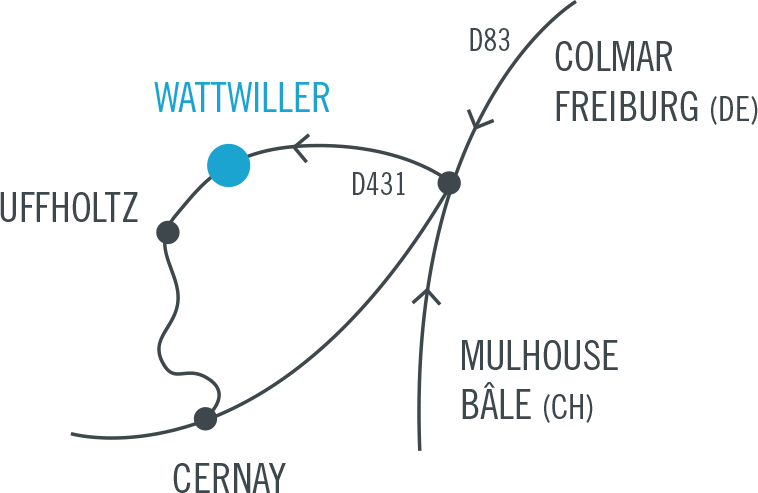Iconoclast is perhaps one of the first terms that comes to mind when we discover Paul Souviron’s multiform work, with its numerous different levels of reading. A career in which he trained in a variety of different domains, from electricity to textiles by way of the decorative arts, illustrates an insatiable curiosity about the world and things and a meticulous examination of society, with a focus on the principles of entropy – degradation – and anthropy – transformation.
The artist combines both popular and intellectual culture, playing on different materials, often in their raw state, such as wood, cement, mesh or stone. In a sort of controlled confusion, numerous diverging themes emerge in his works: a pronounced interest in volume, a performative approach and a reflection on revolt. Paul Souviron’s work is a mixture of the absurd and the instinctive.
Holding the Sea, the work presented here, seems slightly out of the ordinary in its use of material, because the sheet of polypropylene (plexiglass) differs from the materials of mineral origin more widely used by the artist. On the other hand, the bamboo scaffolding that supports it, with its combination of fragility and strength, is a recurrent feature of his work, in which suspension, grids and transition are frequent motifs. The semi-open, semi-closed lattice can also be seen in the cage used in his work Supercellulaire (Supercellular), a mise en abyme of our animality, a 21st century aviary in which the animals are on screens… To return to Holding the Sea, the work seems to be a sort of poetic parenthesis in Paul Souviron’s fairly political body of work, the result of a utopian idea, the concept of being able to catch hold of the delicate surface of the sea. The work was made during a week-long residence at the Ateliers du Vent in Rennes. The thermoformed transparent sheet evokes the delicacy and fragility of the micromovements of water. The chosen material is able to imitate the reality of water, but as an oil-based material, it also has connotations of oil slicks… Moving around the work, viewers are invited to experience its undulations and lose themselves in its movements.
With his explorations of people, objects, mineral materials and animality, Paul Souviron creates a world that is both improvised and highly structured, in which emotion alternates with frustration.
